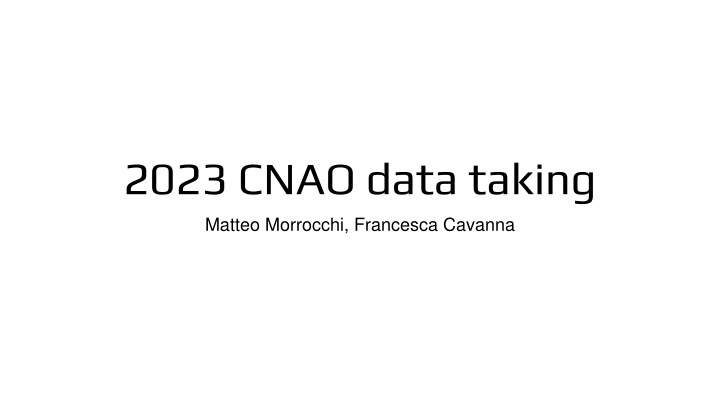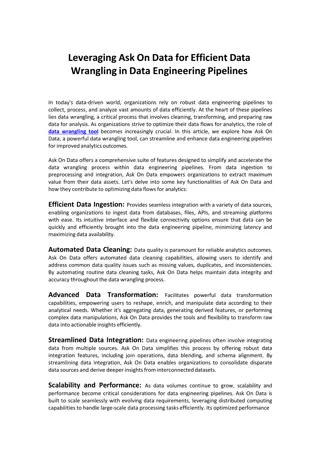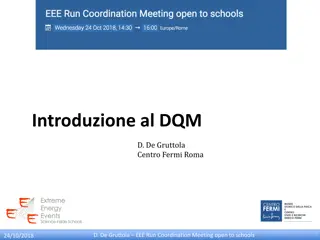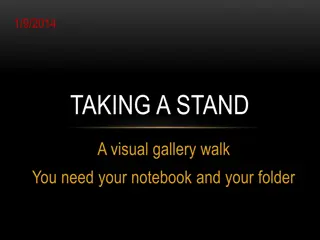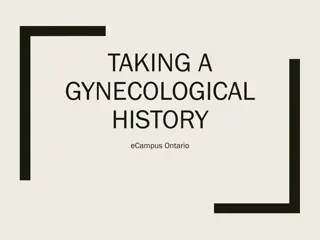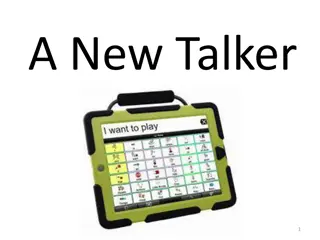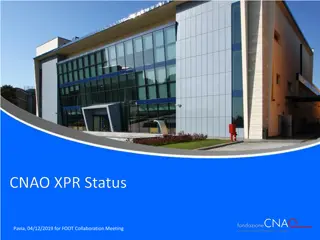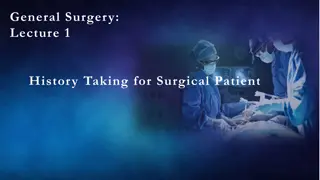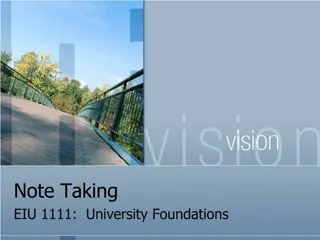2023 CNAO data taking
Delve into the data taking process at CNAO with Matteo Morrocchi and Francesca Cavanna. Explore their insights and experiences in collecting and analyzing valuable data. Gain a deeper understanding of their work and the significance it holds in the field.
Download Presentation

Please find below an Image/Link to download the presentation.
The content on the website is provided AS IS for your information and personal use only. It may not be sold, licensed, or shared on other websites without obtaining consent from the author.If you encounter any issues during the download, it is possible that the publisher has removed the file from their server.
You are allowed to download the files provided on this website for personal or commercial use, subject to the condition that they are used lawfully. All files are the property of their respective owners.
The content on the website is provided AS IS for your information and personal use only. It may not be sold, licensed, or shared on other websites without obtaining consent from the author.
E N D
Presentation Transcript
2023 CNAO data taking Matteo Morrocchi, Francesca Cavanna
Schedule Monday Tuesday Wednesday Thursday Friday Saturday Sunday 18 Sept. Start of Calorimeter Assembly 19 Sept. 20 Sept. 21 Sept. 22 Sept. 23 Sept. 24 Sept. 25 Sept. 26 Sept. 27 Sept. End of Magnet Assembly 28 Sept. 29 Sept. 30 Sept. 1 Oct. 2 Oct. Measurement B Field LNF 3 Oct. Measurement B Field LNF 4 Oct. Summary of B All materials for Table at PI 5 Oct. 6 Oct. 7 Oct. 8 Oct. 9 Oct. IT integration 10 Oct. IT integration 11 Oct. IT integration 12 Oct. Accelerator downtime IT integration 13 Oct. Accelerator downtime IT integration 14 Oct. Accelerator downtime 15 Oct. Accelerator downtime
Schedule Monday Tuesday Wednesday Thursday Friday Saturday Sunday 16 Oct. Accelerator downtime 17 Oct. 18 Oct. Table-magnet integration test at LNF 19 Oct. 20 Oct. Night Shift (8h-6h) 22:00 Beam Tuning 21 Oct. Night Shift (8h) 22:00 Beam Tuning 22 Oct. 23 Oct. Table, calo and magnet at CNAO Installation 24 Oct. Installation 25 Oct. Installation 26 Oct. Installation 27 Oct. Night Shift (8h-6h) 22:00 Calo Screen Saver Run 28 Oct. Night Shift (8h) 22:00 Installation VTX + IT Calib. 29 Oct. Night Shift (6h) 22:00 TW-calo 30 Oct. 31 Oct. 1 Nov. 2 Nov. 3 Nov. 4 Nov. After. Shift (8h) 14:00-22:00 5 Nov. After. Shift (8h) 14:00-22:00 6 Nov. Night Shift (6h) 22:00 7 Nov. Night Shift (6h) 22:00 Emulsion Run 8 Nov. Uninstallation 9 Nov. Uninstallation 10 Nov. No Material in the room 11 Nov. Next Exp. In Exp. Room. 12 Nov.
Documentation Need to fill the required safety modules: - Module for radioprotection, one for each participant (please check the expiration date of your medical certificates and send a copy to me, radioprotection course expires after 5 years) - Declaration of possession of requirements for professional and technical suitability, one for each institution (the module expires after 1 year) - Safety Approval Form, one for the whole experiment (sent, needs some attachments) All modules are available here. The deadline was September, the 22nd, only partially received In addition: - An online course (0.5 h) needs to be attended, and a form needs to be filled. The course expires after 3 years. Francesca will inform the people that need to attend the course. - Each Local Coordinator should send to us the participant list specifying (if possible) dates of arrival and departure, radioprotection status, and the means of transportation used by each group (i.e. to optimize the number of vans to be used).
Measurement Plan - Calibration Calorimeter (8h) Calibration with screen saver, 4 positions, as many energies as possible. - Reconstruction of the response curve for each crystal - 10000 evts x crystal x energy 2h 9 energies for of the calorimeter Vertex and IT (6h, very low beam intensity) Cross-check the threshold for each sensor - Collect statistics with tracks in different region of the detector need for a thick target in front of the vertex to scatter the beam The calibration needs to be done with and without magnetic field, with more than one energy TW (1-2h) Scan of the TW using the same energy used in the fragmentation runs. Also protons (few energies). MSD Just a quick alignment run without magnet 5 different points in the detector (same energy used in the frag. runs)
Measurement Plan - Frag. Measurements 4 Shifts - 28 hours total (6 + 8 + 8 + 6) 1-2 hours at the begin of the first run needed for alignment acquisitions In the last data taking we acquired data with the following event rate: - about 200 Hz with MB trigger (TBC) - below 100 Hz with fragmentation trigger (TBC) To demonstrate the capability to work in inverse kinematic we need to acquire data with C2H4target 29 Oct. 4 Nov. 5 Nov. 6 Nov. Align. Align. 200 MeV/u - C, MB - C Frag - C2H4, MB - C2H4, Frag - No target - No Magnet
Measurement Plan - Emulsion Run Two bricks, C and C2H4. Emulsions need to leave CNAO the 8 of November (preferably in the morning) to go back to Naples. A radioprotection survey is needed before emulsions leave CNAO Naples will send a sample to CNAO ad a brief description of the samples that will be irradiated with the estimated total number of particles. The sample will be irradiated the nights of the beam tuning. Integration of the Emulsion support in the table needs to be discussed. (today, mechanics section) Need for a scan spanning an area of 2.4 cm x 2.4 cm with a 15-18 kg brick. Use of CNAO magnets and SC to count the particles impinging on the brick and to veto the beam. Separated meetings with a working group to understand how to execute the irradiation with the required resolution on the number of particles. First meeting Sept. 19that 9:00.
Detector Geometry Need to provide a final sketch of the detector geometry with all the detailed positions of the detectors. A power-point with all the distances will be provided in a week. A document with all the channel maps and geometry of the detectors is also in preparation. The Channel map of the TW remains the same The Channel map of the Calo will be integrated All detector experts must upload in shoe the configuration files before the data taking Question: Which other infos do we need for the online analysis?
Detector Geometry Front view (beam- eye view)
Detector Geometry Front view (beam- eye view) work in progress
Installation For the CALO screen saver run, no other detector should be on the beam line, this calibration will be performed at the beginning of the data taking. So it would be nice that: - All the detectors will be installed on the beamline by the 26thto test the whole apparatus (without beam). - Move the detectors out of the beamline, except for the calorimeter, the 27th. - Mount again the morning of the 28th Remember: Installation dates may change according to the availability of the construction site for the access with the van(s). The site need to be informed few days in advance to have access granted. The more the system gets complex, the more the installation needs to be planned and performed in steps - Let s avoid having 20 people at the same time in the cave - Space will be reduced compared to last data taking Step by step plan divided into 3-4 days to coordinate the activities in the room (4-5 shifts)
Installation Since the installation will be complex, we are preparing a document summarizing the single procedures. A tentative schedule is the following: https://docs.google.com/spreadsheets/d/1IqRL4kOycADrqjhl- oJBJijQHcKq9icJ/edit#gid=275983815
Logistic Calorimeter and Magnet transportation in the Expr. Room: The calorimeter and the magnet will be unloaded from the van using the CNAO forklift and will be transferred to the Pisa van and moved in the construction site, so to enter from there. Table transportation in the Expr. Room: The table will be unloaded in the construction site from the tail lift of the van. Use of the crane in the experimental room to mount the calorimeter on top of the support and to mount the magnet on the table. The procedure to integrate the magnet on the table will be tested in Frascati the week before the installation
Uninstallation All the materials have to be removed from the experimental room before November, 11th. Materials cannot be left at CNAO, some exceptions for limited volumes can be discussed with Marco, but please let us know in advance if this is needed, so to identify a possible solution. Also the uninstallation needs the coordination with the construction site. It is difficult to perform the whole radioprotection survey on November, 8th, the exact schedule of the surveys will be decided later (need to be known a bit in advance to schedule the rent of the vans) Uninstallation follows the same logistic unless specified.
Logistic The following big components need to be moved to CNAO: - Calorimeter (about 400 kg) - Table (... kg) - Magnet (... kg) (Also a transpallet from Perugia is needed for the installation) From Pisa: van with tail lift to load and unload the table without need for a forklift in the construction site. (23-26 October, 7-10 November) maximum load of tail lift: kg. From Torino: van of the institution with calorimeter top and calorimeter base on two pallets, another pallet for the lifter to use during calibration From Frascati: van with a box (over a pallet) A gas bottle need to be transported from Milano to CNAO A forklift is available at CNAO, outside the construction site and will be used to transfer the materials from a van to another. Fixed date to enter in the construction site: October, 23rd
Notes Documents in preparation: - FOOT Installation documentation - Geometry and detector maps documentation This presentation is continuously updated and can be found at the following link: https://docs.google.com/presentation/d/1Z5GhAc4msEjNLL_mqJcTx-BF5PDRneSg/edit#slide=id.p1
